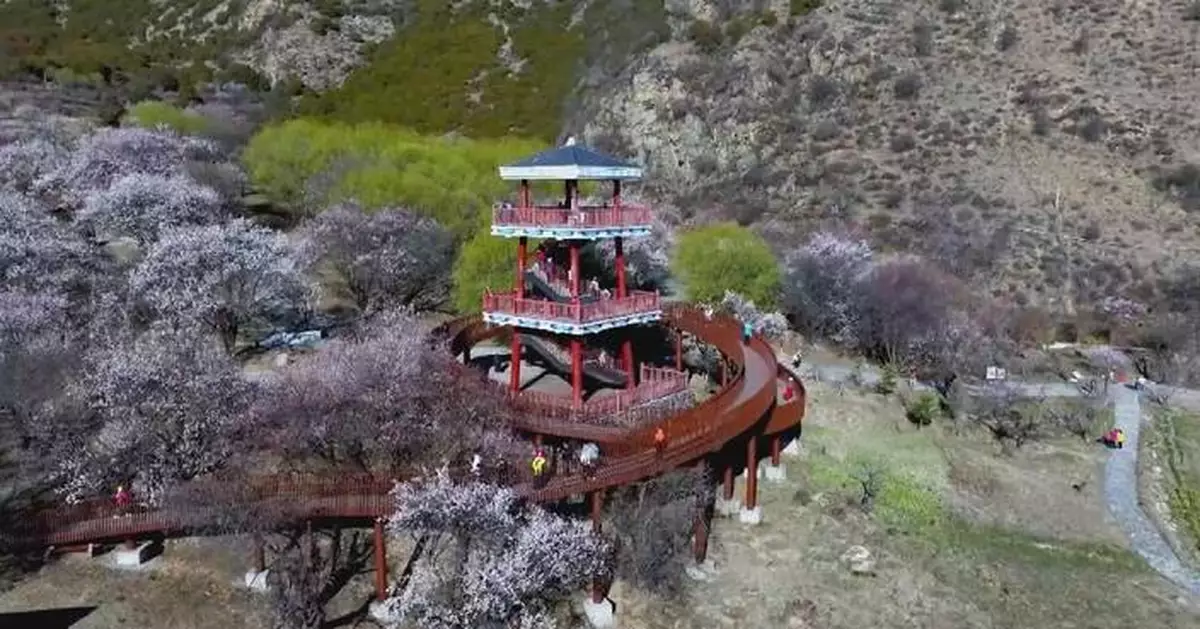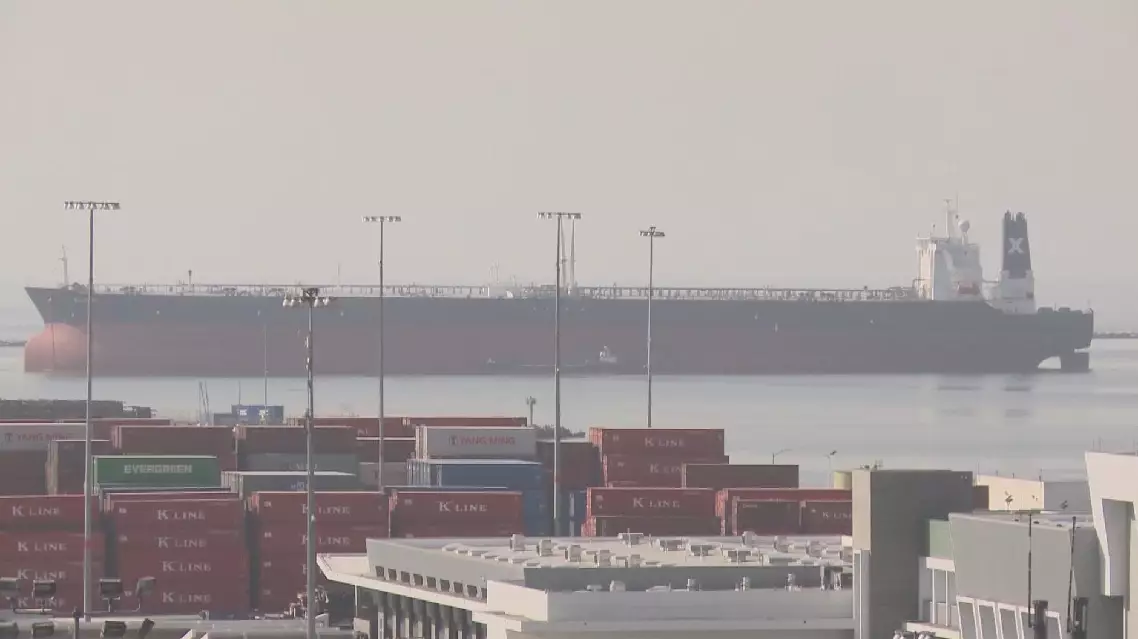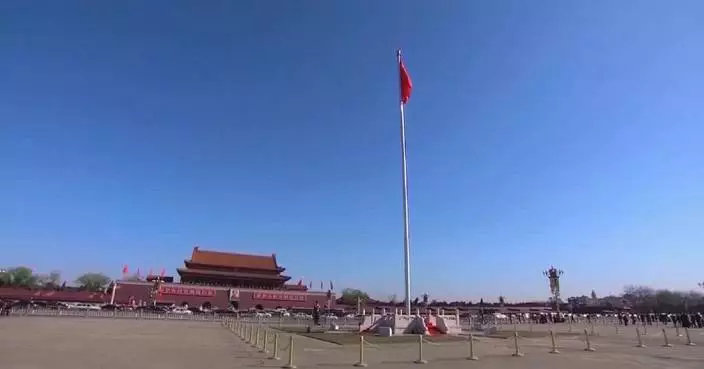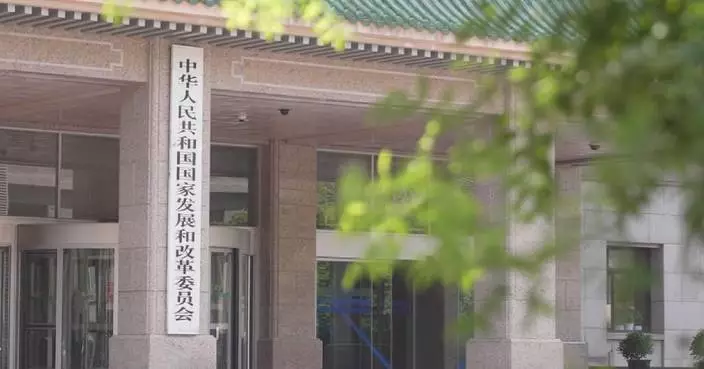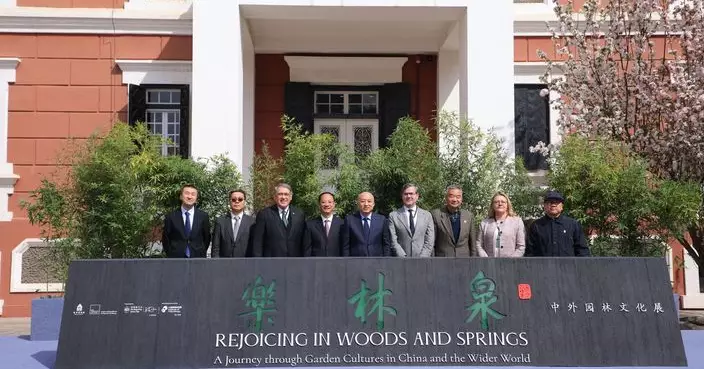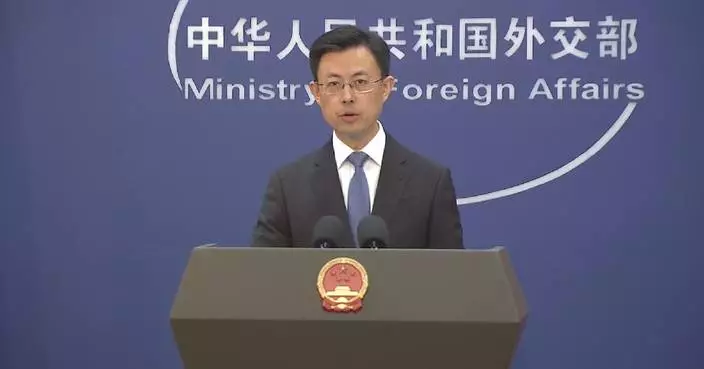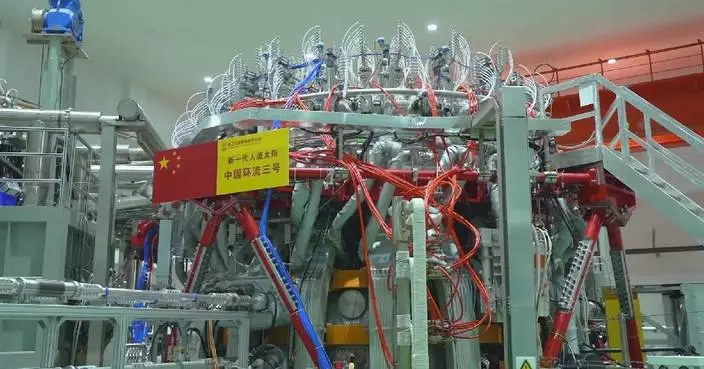China’s Xizang Autonomous Region is gaining economic momentum by integrating agriculture, culture and tourism, developing specialty industries, and enhancing infrastructure, local officials said.
Gala Village in Nyingchi City has emerged as a model for rural tourism-driven growth.
Home to 278 mu (about 18.5 hectares) of wild peach trees, the village transforms into a breathtaking sea of delicate pink blossoms during March and April. Designated as one of China's best rural tourism villages, Gala has effectively leveraged its natural beauty to fuel economic growth.
By developing services such as peach picking, sightseeing tours, local snacks, and photography experiences, the villagers have seen their livelihoods improve and their incomes grow substantially.
"There are many tourists this year. Last year, our family received a dividend of about 100,000 yuan (approximately 13,779 U.S. dollars) from our village's tourism industry. In addition, we raised cattle and sold milk residue and ghee, which brought us another 100,000 yuan," said Lhamo Yudron, a local villager.
The local government continues to enhance the cultural tourism industry while striving to improve service quality. Since the start of this year, Nyingchi's total tourism revenue has grown by approximately 12 percent year on year, while the output value of cultural and related industries has surged by about 20 percent.
"Preferential policies aimed at stabilizing the market, promoting tourism, and improving people's well-being are attracting more tourists. Next, we will vigorously implement nine key actions, including leveraging the scenic beauty of the peach blossom landscape to boost the local economy, accelerating the infrastructure development of tourist attractions, enhancing the overall tourism environment, all aimed at promoting the creation of world-class tourist destinations with high standards," said Yudron, vice mayor of Nyingchi.
In Nagqu, located in southwest China's Xizang Autonomous Region and known as the core yak production area, the entire yak industry chain has benefited over 370,000 people, contributing to a total income increase of more than 670 million yuan (approximately 92.3 million U.S. dollars). This year, local authorities have enhanced efforts in improved seed cultivation and ecological breeding to achieve a win-win outcome of expanding grasslands, boosting livestock numbers, and enhancing industrial efficiency.
From developing specialty industries to enhancing livelihood security, from accelerating foreign trade and economic cooperation to advancing infrastructure, Xizang's growth momentum has continued to strengthen.
The region's total foreign trade value has surpassed 10 billion yuan (about 1.4 billion U.S. dollars) for two consecutive years. At the international port in Xigaze City, freight trains operate efficiently, contributing to regional connectivity. Meanwhile, infrastructure projects are progressing steadily, with the Pangduo Water Diversion Project in Lhasa moving forward to meet the city's domestic and industrial water demands upon completion.
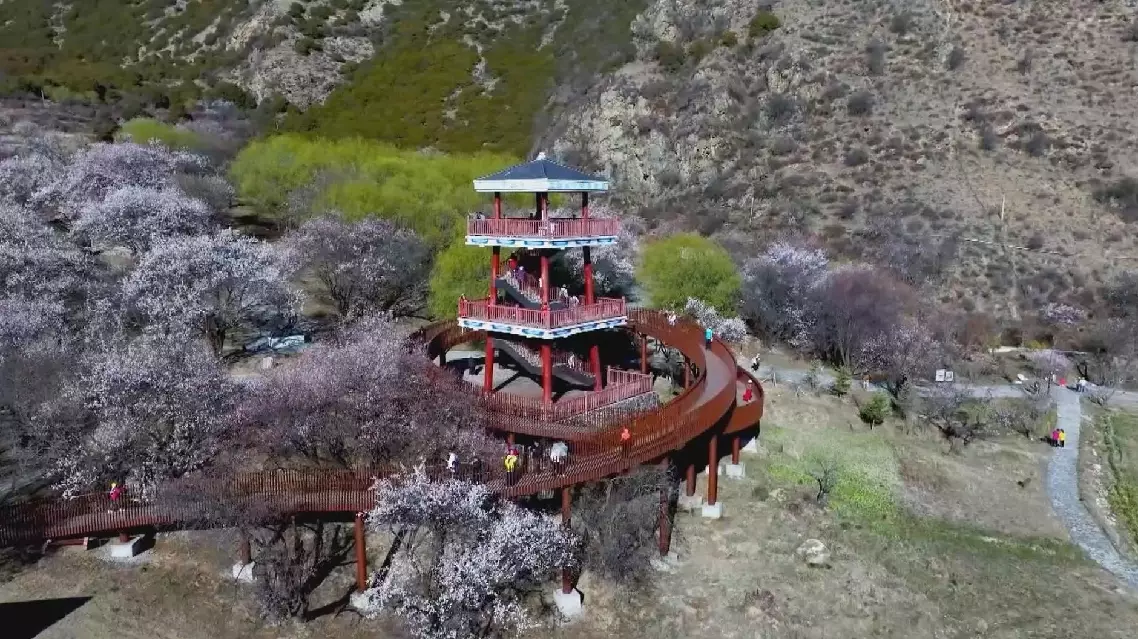
China’s Xizang boosts tourism, specialty industries, infrastructure for high-quality development


